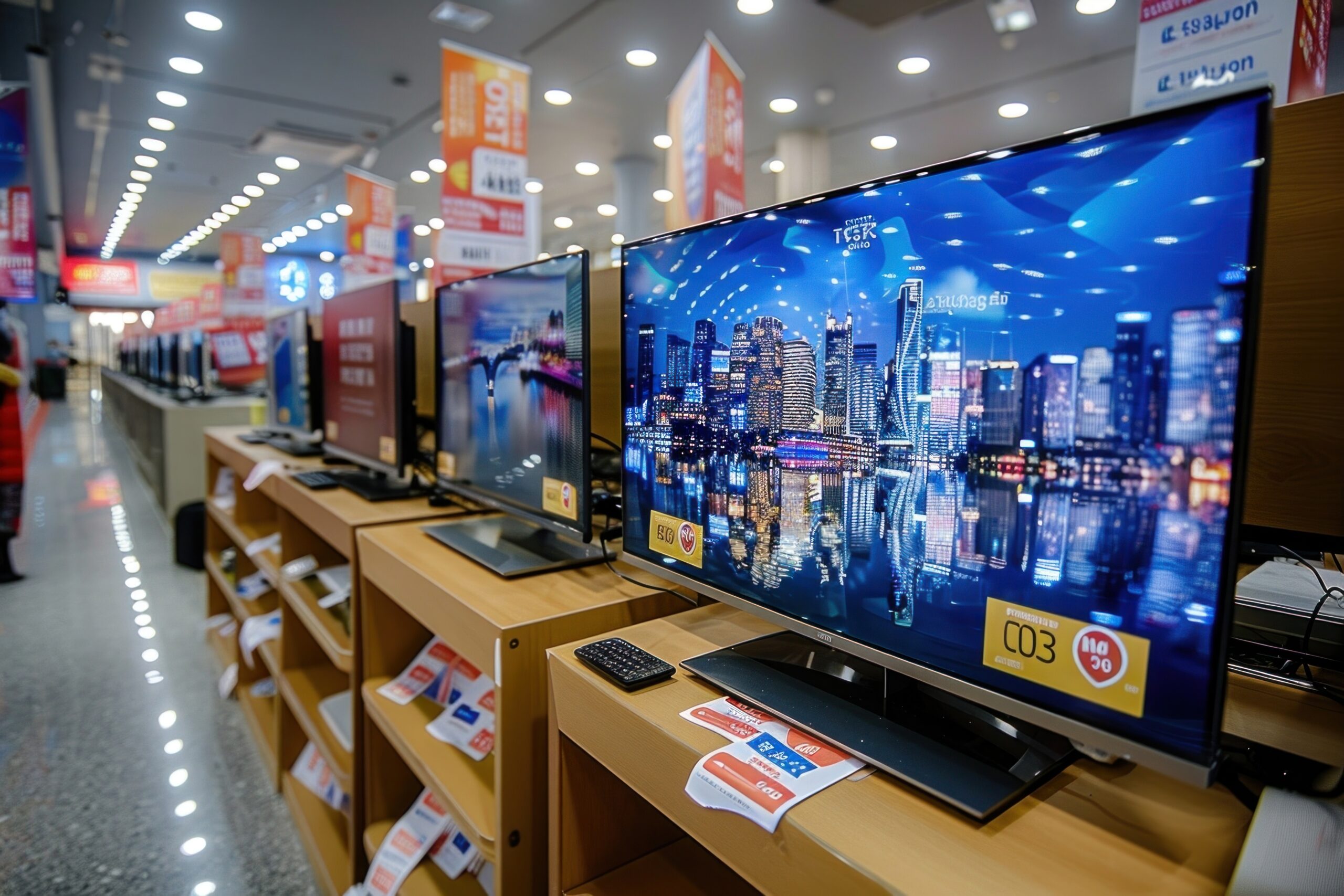By Jonathan Cassell
The global consumer electronics industry is awakening from its two-year slumber in 2024 as end-market sales return to growth following their post-COVID doldrums. However, with the market on track for tepid growth at best this year, the sales rebound is expected to bring only a moderate increase in demand for electronic components that won’t broadly impact pricing and availability trends.
Global consumer electronics revenue is projected to rise in the mid-single-digit percentage range this year, according to market watchers. This growth will end the phase of declining demand in 2022 and 2023 that followed the pandemic-fueled sales boom of 2021. Consumer spending was depressed by market saturation, as well as by inflated prices.
In 2024, the picture is shaping up quite differently, with signs of strength in the consumer electronics business.
On the economic front, global inflation is set to moderate to 5.9% in 2024, down from 6.8% in 2023, according to the IMF. Inflation in the major economies is abating, with U.S. inflation growth set to slow to a 2.9% increase in 2024, down from 4.1% in 2023, while the Euro area will see a 2.4% increase in 2024, down from 5.4% in 2023. Meanwhile, 2024’s global economic growth rate is expected to remain unchanged compared to 2023, with a 3.2% rise expected.
The combination of steady economic growth and the slowdown in price increases is giving consumers some breathing room when it comes to spending more on discretionary items like consumer electronics devices.
The consumer electronics business is comprised of a diverse set of products, including televisions, radios, digital cameras, and speakers. The market also encompasses computing products such as laptops, desktops and tablets, as well as communications devices like smartphones, and gaming platforms, including consoles and VR headsets.
Much of the growth in the consumer electronics market in 2024 will be accounted for by the global PC and smartphone segments, which are expected to generate shipment growth in the mid-single digit percentages this year following declines in 2023. However, worldwide television shipments are also expected to recover by a similar percentage this year.
Another factor driving market growth is the addition of generative AI features to consumer electronics devices. AI-equipped PCs are expected to experience a rapid increase in sales in 2024, while smartphone makers are introducing new AI models. Moreover, AI technology is being applied to various other device types, including televisions, smart appliances and home security systems.
Despite the more positive outlook for consumer electronics demand in 2024, the market recovery is expected to generate only limited growth in demand for related semiconductors. Global consumer electronics semiconductor revenue is set to rise by about 2.5% in 2024, according to one market watcher. While this growth represents a turnaround from the nearly 16% plunge in chip revenue in 2023, this moderate rise will likely produce only minor changes in pricing and availability conditions.
At the same time, demand is on the decline for core consumer electronics ICs, including audio control and synthesizer chips, audio/video amplifiers, color signal converters, remote control ICs, signal separator ICs and tuner ICs. The Commodity IQ Demand Index for consumer ICs is averaging in the 50 range in Q3, indicating that sales have fallen well below the 2020 baseline level.
Inflated stockpiles continue to reduce demand in this area, with the Commodity IQ Inventory index for consumer ICs at 192.5 in June, nearly twice the baseline.
Despite the moderate increase in consumer electronics sales this year, supply-chain conditions for buyers are unlikely to change significantly as the peak build season arrives.

